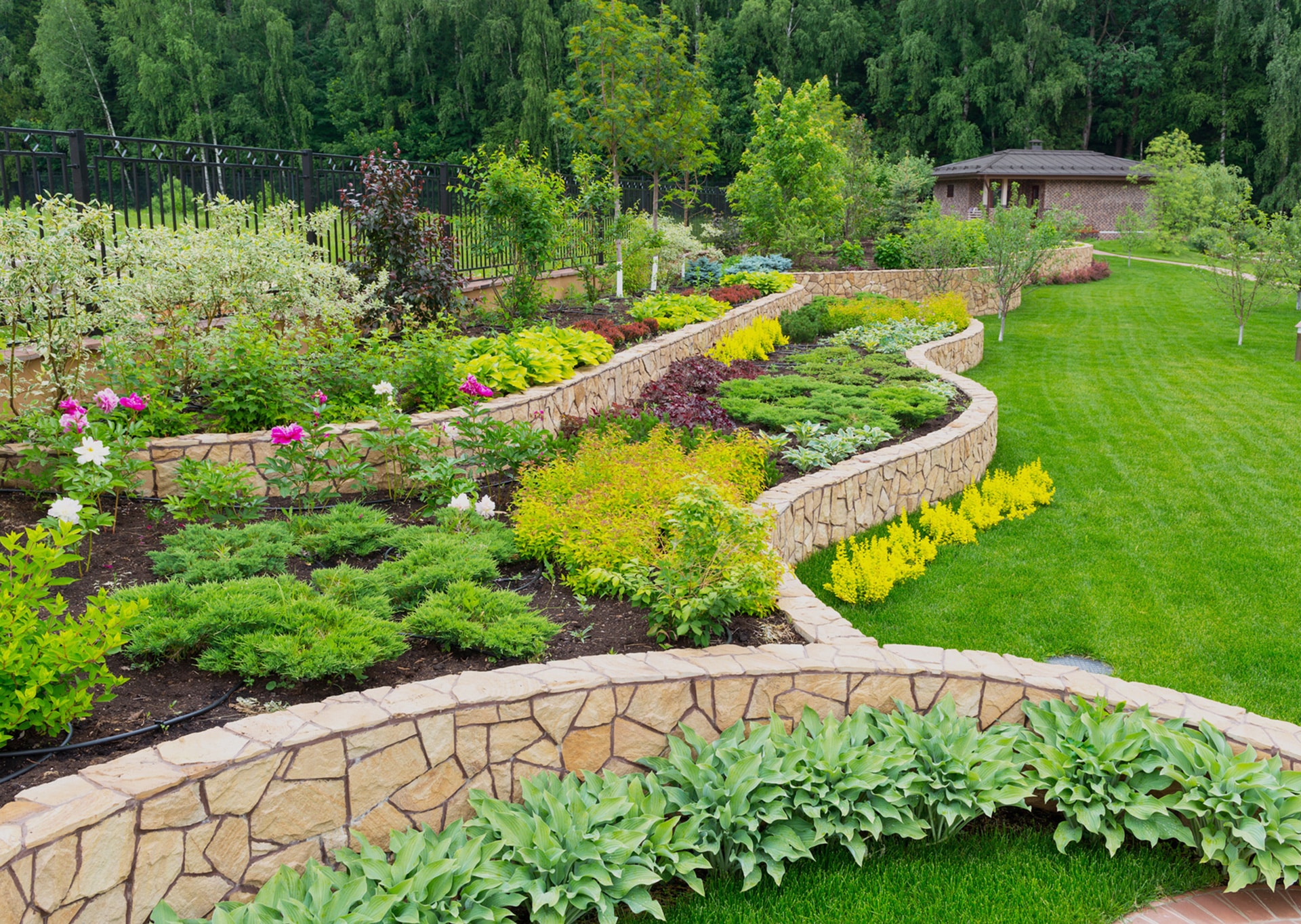Landscape Design Fundamentals Explained
Table of ContentsFacts About Landscape Design RevealedThe Ultimate Guide To Landscape DesignLandscape Design for BeginnersThings about Landscape Design
Conventional Japanese yards are designed for peace and silent. They are greatly influenced by Buddhist, Shinto, and Taoist concepts and look for to offer a spiritual place for people (Landscape Design). < It is well-known for its indigenous American and Spanish information, which add to the total simplicity, performance, and low maintenance landscapeA yard food preparation station is the very best choice for chilling and barbecuing. It will certainly save power by maintaining the interior air cooler in the summer. They are additionally an excellent method to keep individuals delighted. Guests can gather and chat by the grill while the food is being smoked or cooked outdoors.

Your outdoor living area could grow even larger if a deck is included (Landscape Design). It supplies room for a grill, plants, and various other things that were formerly situated in your yard. Making your yard kid-friendly is an excellent way to encourage your children to spend more time outside, delighting in the sunlight and fresh air.
The Buzz on Landscape Design

The five steps of the layout procedure include: 1) conducting a site inventory and analysis, 2) determining your demands, 3) creating functional diagrams, 4) creating theoretical style strategies, and 5) drawing a final design plan. The initial 3 actions develop the visual, useful, and gardening requirements for the layout. The last 2 steps then use those requirements to the creation of the final landscape strategy.
This is a vital step for both plant selection and positioning and situating family members activities and functions. It is necessary because the exact same climate problems that impact the plantstemperature, moisture, rain, wind, and sunlightalso influence you, the customer. The next action is to make a list of your needs and desiresthis assists you determine exactly how your yard and landscape will certainly be made use of.
The useful diagram is then utilized to find the activity rooms on the site and from this representation a conceptual strategy is developed. The last step is a last layout that consists of all the hardscape and planting details that are necessary for installation. Throughout the layout process there are 10 crucial things to think about: for plant selection and task area by considering what you desire and need to help establish shapes and arrange spaces by marking task locations and linking with aspects for both the setting and the user by utilizing massing and layering methods such as change locations and prime focus in the materials, the shades, and the surface area structures for the growth and upkeep of plants by utilizing lasting design methods A thorough stock and evaluation of the site is essential to figure out the environmental problems for plant development and the most effective usage of the site.
Landscape Design Fundamentals Explained
It is constantly best to use plants that will flourish in the existing soil. Where plants grow well, keep in mind the soil conditions and make use of plants with similar growing demands.
Topography and drainage should likewise be kept in mind and all drainage problems remedied in the suggested layout. A link good style will relocate water away from your house and re-route it to other locations of the backyard. Environment issues begin with temperature level: plants need to be able to make it through the typical high and, most significantly, the average low temperature levels for the area.
Sun/shade patterns, the amount and length of exposure to sun or shade (Number 1), produce microclimates (sometimes called microhabitats). Recording website conditions and existing greenery on a base map will reveal the area of microclimates in the backyard. Plants usually come under a couple of of 4 microclimate categories-full sunlight, partial color, color, and deep color.
Figure 1. Sunlight and color patterns. Credit History: Gail Hansen, UF/IFAS It is vital to keep in mind all the current problems on an exact base map when doing the website stock (Number 2). Energies such as power lines, septic storage tanks, below ground energies and roof overhangs identify plant location. Use a surveyor's plat of your residential property for the borders and area of your home.
The Greatest Guide To Landscape Design
Budget problems consist of the materials, first setup prices browse around this web-site and the on-going upkeep costs. Establish the time and cash you agree to put right into maintaining the plants and hardscape-be realistic concerning your objectives and capacity. Figure 3. Existing use locations. Credit Scores: Gail Hansen, UF/IFAS Number 4. Recommended use locations. Credit Scores: Gail Hansen, UF/IFAS There are various landscape style themes- from basic to complex, yet it is useful to select one to guide your plant and material choice.
Many individuals locate it helpful to look in gardening magazines and books for concepts. This is an excellent beginning, yet be aware that the gardens in the photos were picked my response because they are impressive instances. Take a look at the pictures with an important eye to collect concepts that you can adjust to your interest degree, your budget plan and your website.

Comments on “Getting The Landscape Design To Work”